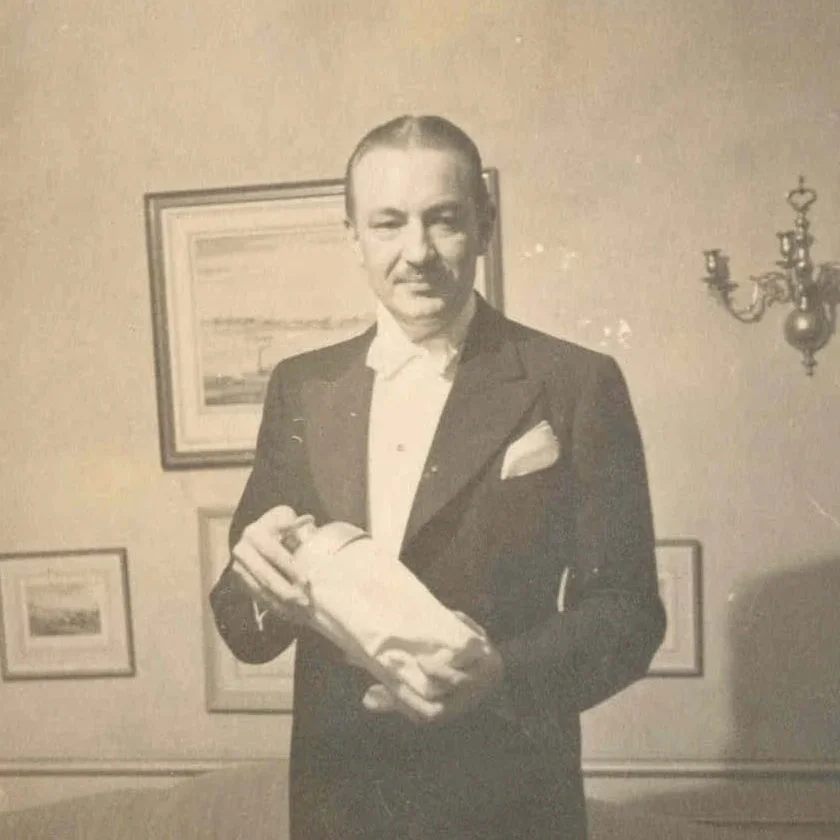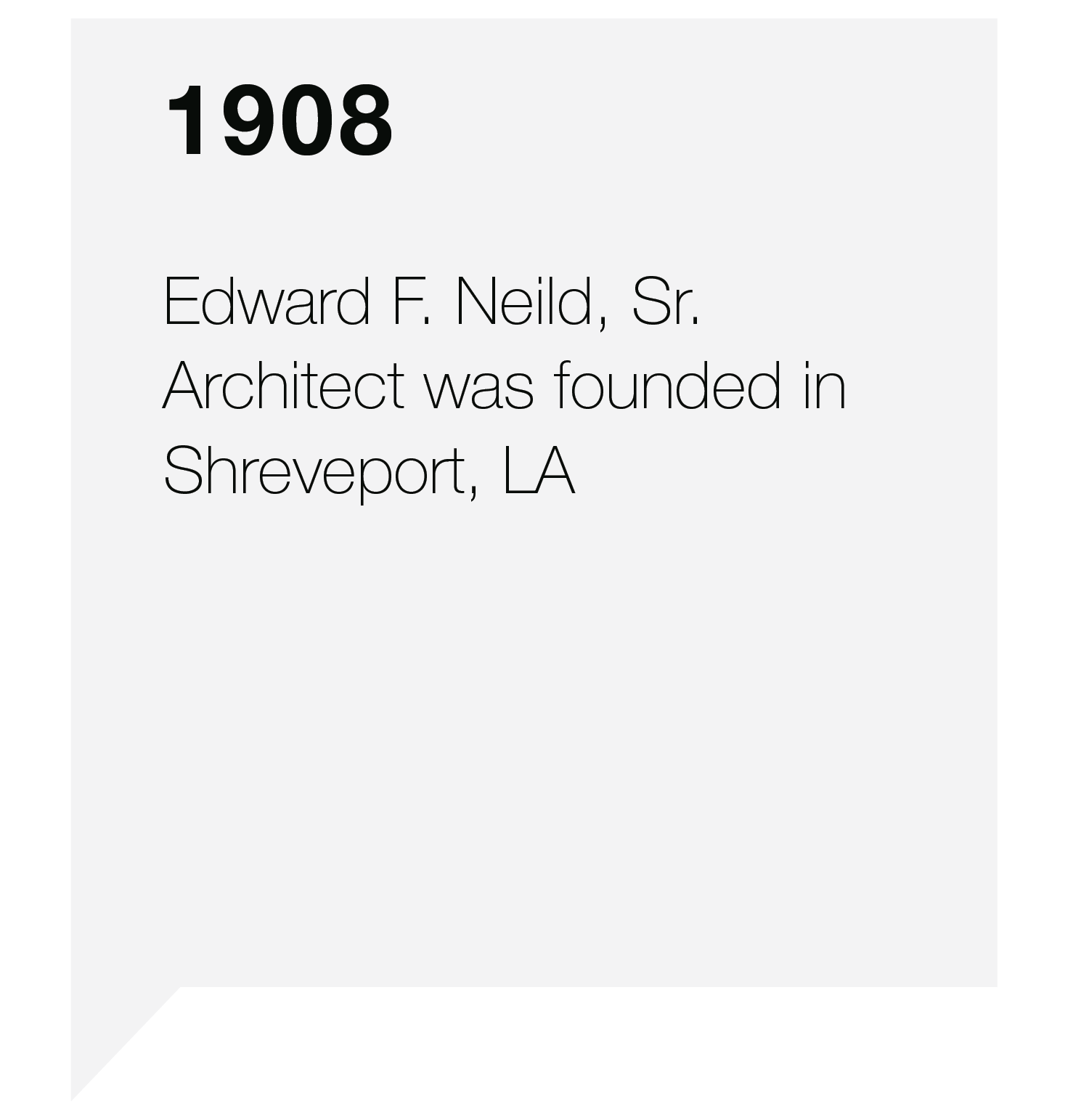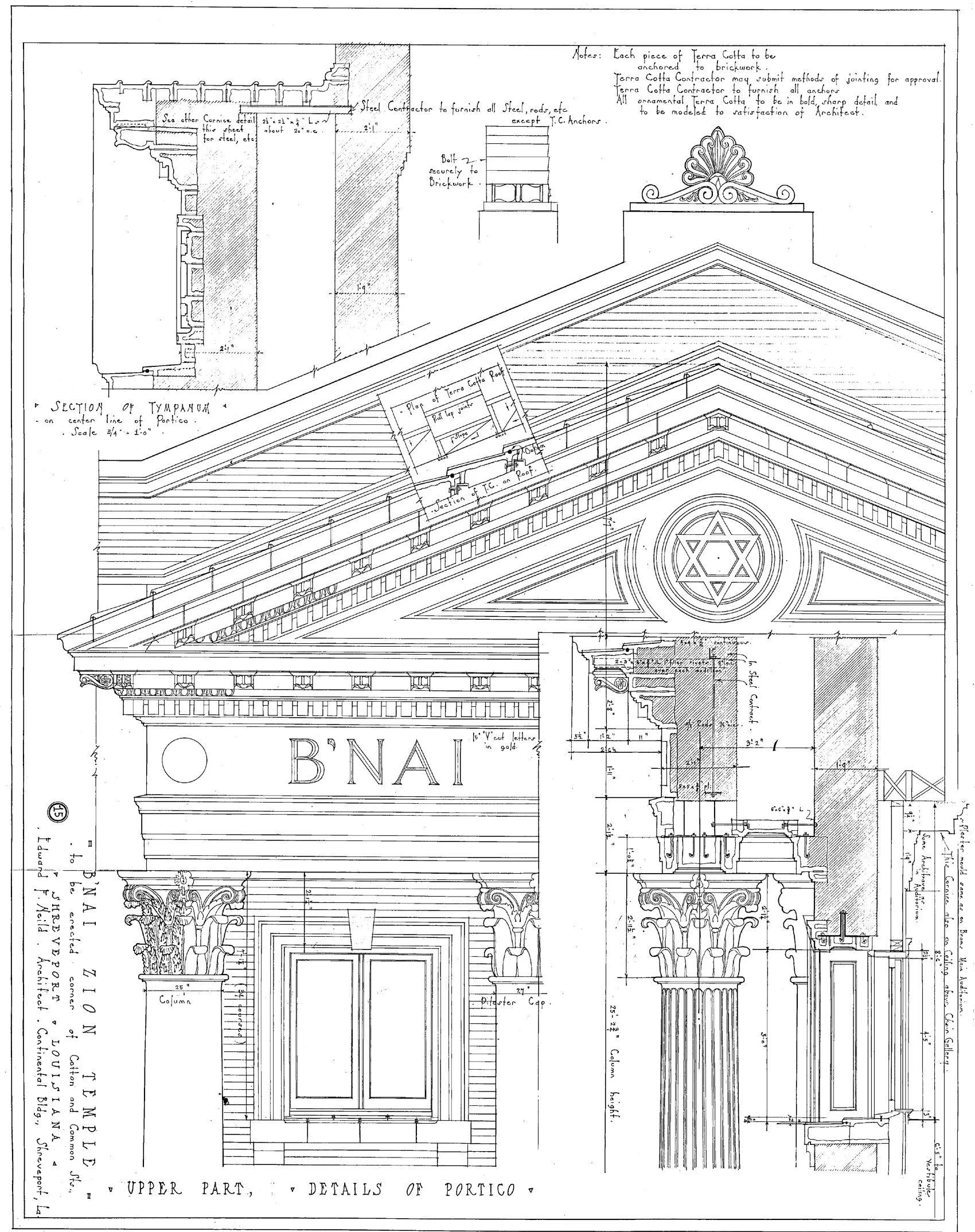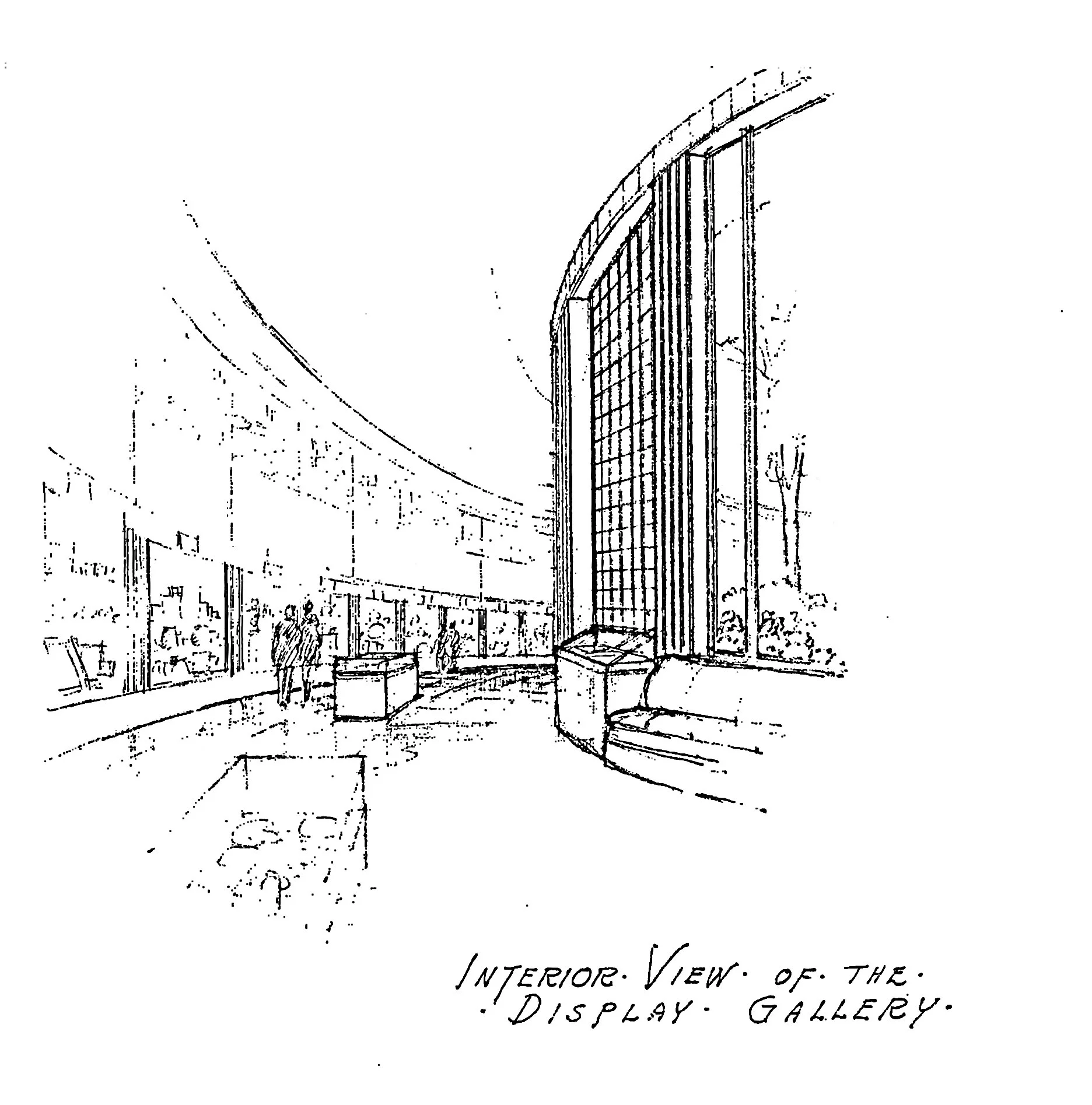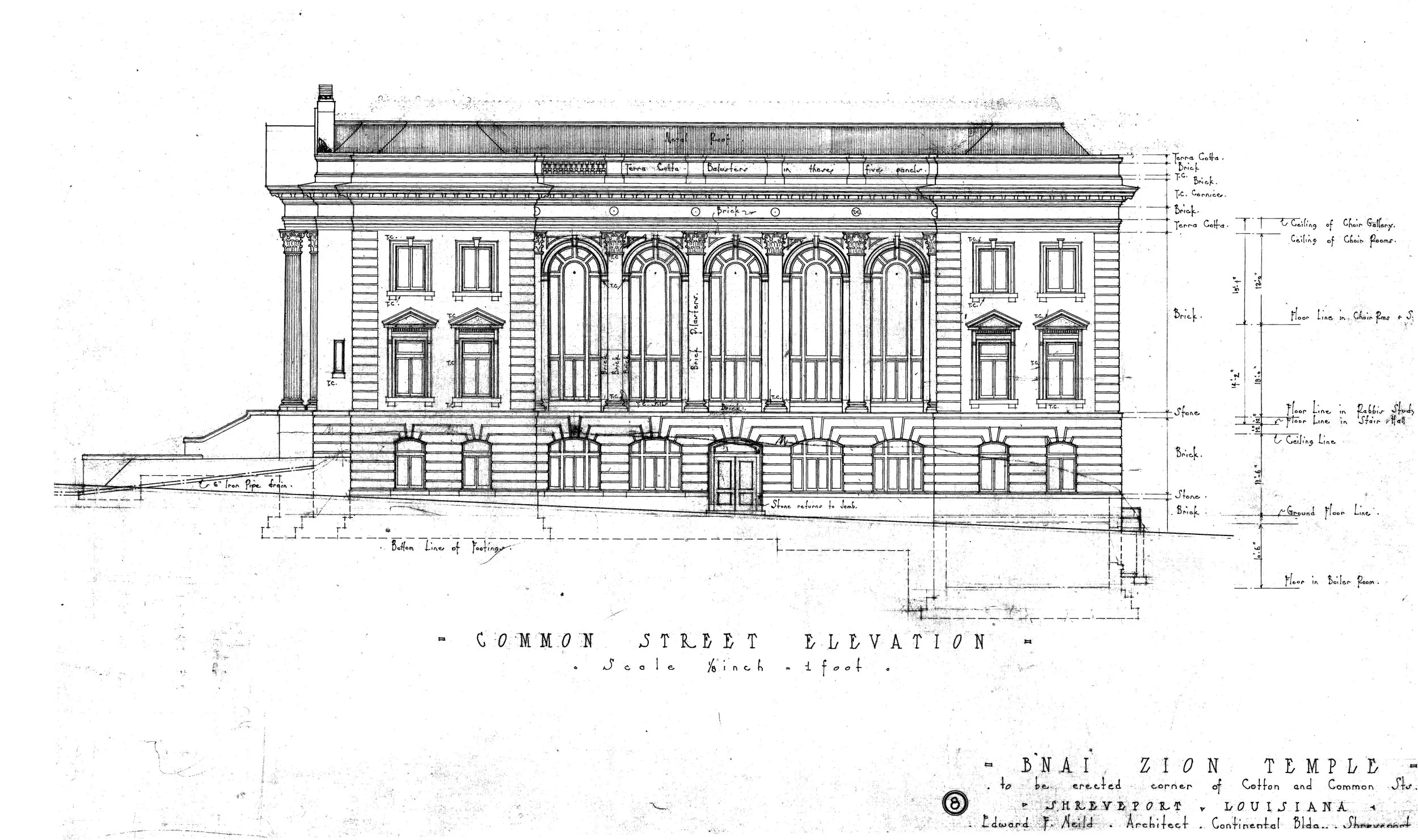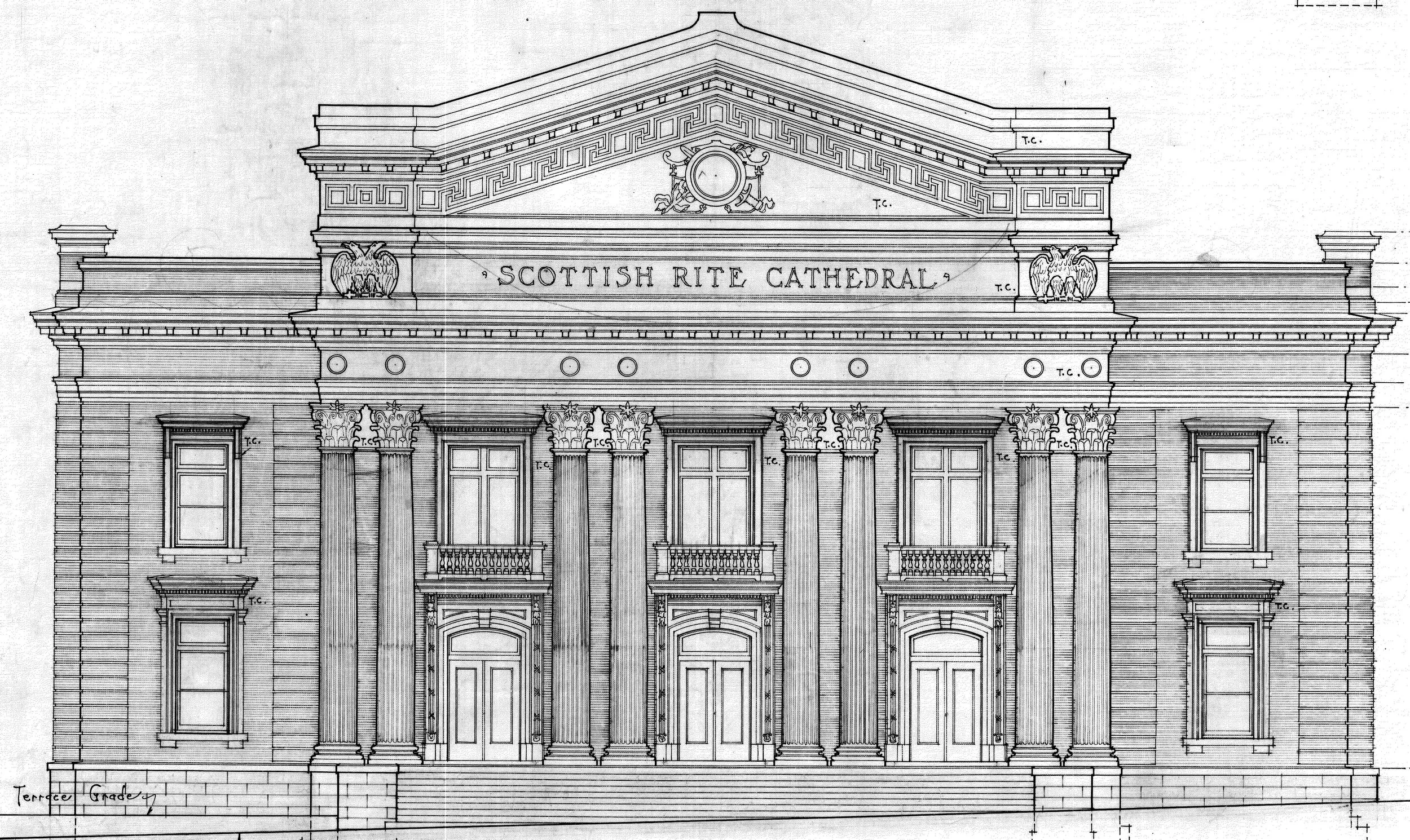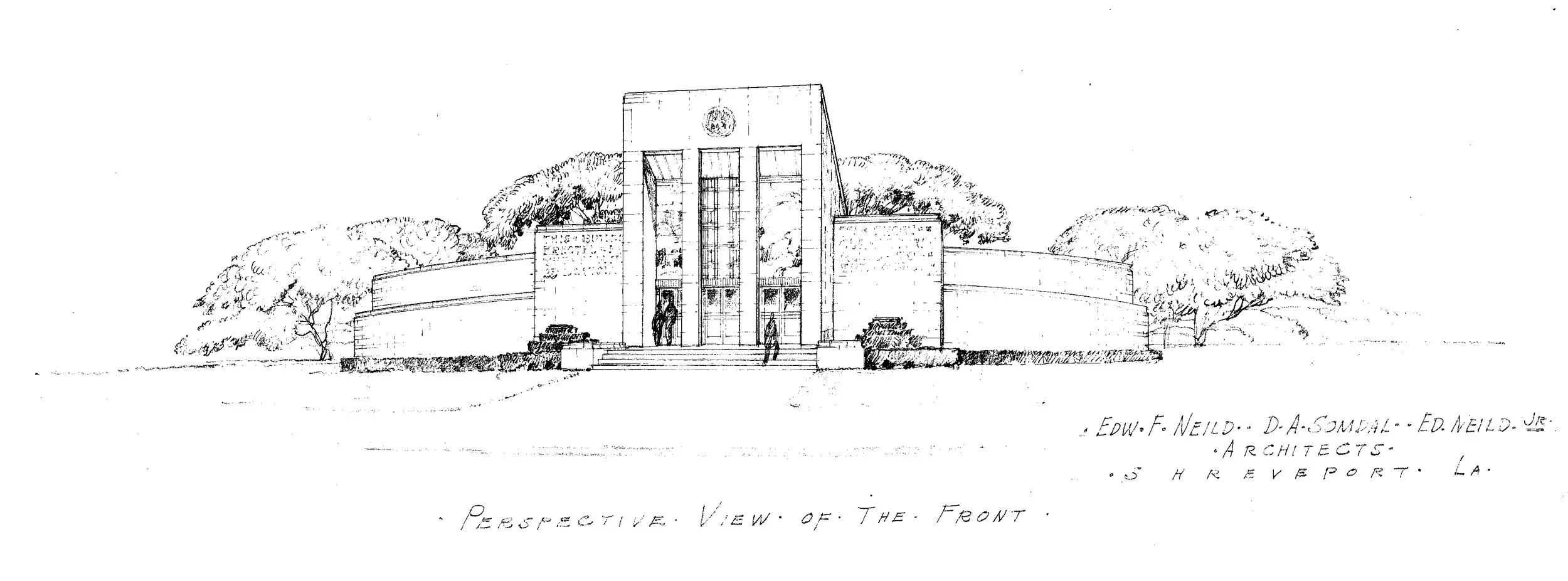
Over 100 Year Legacy
Somdal Associates LLC, headquartered in Shreveport, Louisiana, is a respected architectural and design firm with a legacy spanning over a century. Founded in 1908 by Edward F. Neild, renowned for designing the Harry S. Truman Presidential Library, the firm became Neild & Somdal through a pivotal partnership with Dewey A. Somdal. After Neild’s passing in 1955, the firm transitioned into Somdal Associates LLC, continuing its influence on Louisiana’s architectural landscape.
Throughout its history, Somdal has been recognized for thoughtful, sustainable, and client-focused design. Its portfolio includes a broad range of project types: healthcare facilities, schools, churches, athletic centers, multifamily residences, and custom homes. Notable works include the iconic Don Theater in Shreveport and several award-winning historic renovations downtown.
Somdal’s leadership has also played a key role in the architectural community, with multiple principals having served as presidents of the AIA Shreveport chapter. Today, the firm continues to provide high-quality architectural services, maintaining its commitment to integrity, innovation, and design excellence.
-
(1884–1955), Born in Shreveport, Louisiana on December 3, 1884. Neild matriculated at Tulane University, from which he graduated in architecture with the class of 1906. Shortly following his graduation, he opened offices in Shreveport and began the practice of his profession. He started his own firm in 1908, and added a partner, Dewey A. Somdal in 1934 to create Neild-Somdal Associates. Neild became a member of the American Institute of Architects in 1918 and made fellow in 1948. Mr. Neild was cited at the time as “one of the chief influences in elevating the standard of civic design in his state.” His work designing the Caddo Parish Courthouse in Shreveport, gained him recognition by President Harry S. Truman. Truman hired Neild to design the Jackson County Courthouse in Kansas City, Missouri where Truman was a judge at the time. When Truman became President of the United States, he asked Neild to serve on the Fine Arts Commission. Neild and Truman remained close friends until Neild’s death in July of 1955.
-
(1898–1973), Born June 5, 1898 in Mansfield, Illinois. Somdal received his formal education at the University of Illinois and Chicago Academy of Fine Arts. He moved to Shreveport in 1922 and began his 51 years of architectural practice in this city. He entered the office of Edward F. Neild, Sr. at the time of his move and maintained a continued practice through subsequent firm names until his death when he was senior partner in the firm on Somdal-Smitherman-Sorensen-Sherman-Associates. He became a member of the American Institute of Architects in 1939 and was named a fellow member. Somdal was the first president of the Louisiana Architects Association from 1946-1948. In 1958, Somdal was named “Mr. Shreveport” for his extensive work in the community and also received thee United Fund Medallion that year. He served as Director of the Shreveport Chamber of Commerce and Director of the Historic Preservation Society of Shreveport. He died in October of 1973.
History
Preserving our Legacy: Somdal Digital Archive
Over a Century of Design, Now Just a Click Away
Somdal has helped shape the architectural identity of Shreveport and much of Louisiana. Many of Somdal’s early works remain cornerstones of their communities—courthouses, schools, hospitals, and civic buildings that continue to serve the public and define the character of their surroundings.
These projects are more than history—they’re living parts of our built environment. To preserve and share this legacy, we’ve created the Somdal Digital Archive.
Why the Archive Matters:
-
Safeguards fragile drawings, records, and photographs from deterioration.
-
Makes over a century of work available to historians, researchers, and the public.
-
Celebrates Somdal’s influence and innovation across generations.
-
Offers inspiration and context for future projects and design thinking.
-
Future owners and caretakers of these buildings can access and download original documentation—supporting thoughtful renovations, restorations, or adaptive reuse.

